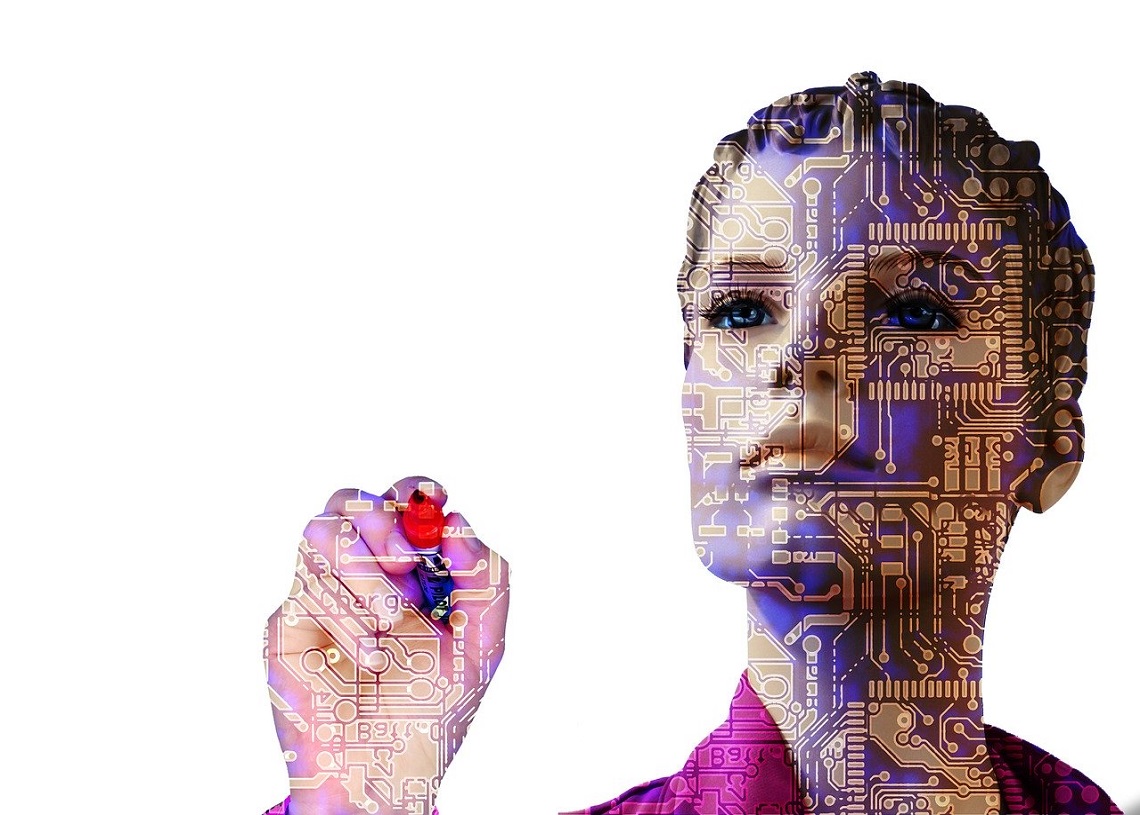Scientists and researchers at the University of California’s Chang Lab, San Francisco have developed an AI that understands brain signals while talking and the data get recorded in the text format. Currently, the system is working with brain signals and patterns only when someone is speaking, scientists believe that the AI, with the help of machine learning, could help people who can’t speak.
Dr. Joseph Makin, who is the co-author of the research project believes that although they have made a significant breakthrough in the field of speech recognition, there is still a long way to go.
An AI that understands brain signals-How?
Dr. Makin and his other associates reveal that they recruited 4 participants for the research. All of them had been wired around the brain to capture the seizures. All four were asked to read out aloud 50 sentences. The neural activity was constantly being tracked as they spoke up. Finally, using machine learning the data was able to convert every sentence into strings of numbers. In the end, they were able to develop the AI that understands brain signals.
Some of the sentences that the participants were asked to read out loud were ‘Those thieves stole 30 jewels’ or ‘Tina Turner is a pop singer’.
Finally, the strings were compared to the actual audio that was recorded. Initially, the results were disappointing because the strings were nowhere close to the actual audio. However, as they kept on carrying out the experiments, it kept on improving.
Yet, by the end, the system wasn’t perfect in its translation but the results were much better than before. The accuracy varied from participant to participant but in one case the sentences were 97% accurate while the average human transcriber has 95% accuracy.
AI understands brain signals- Why is it impressive?
Dr. Christian Herff from Maastricht University pointed out that the AI just used merely 40 minutes of training before exhibiting such marvelous results. The levels of accuracy attained by just 40 minutes of training are brilliant, as compared to the initial results. Another scientist pointed out that we are still far away from machines reading our human minds, but the work is definitely in the right direction.







